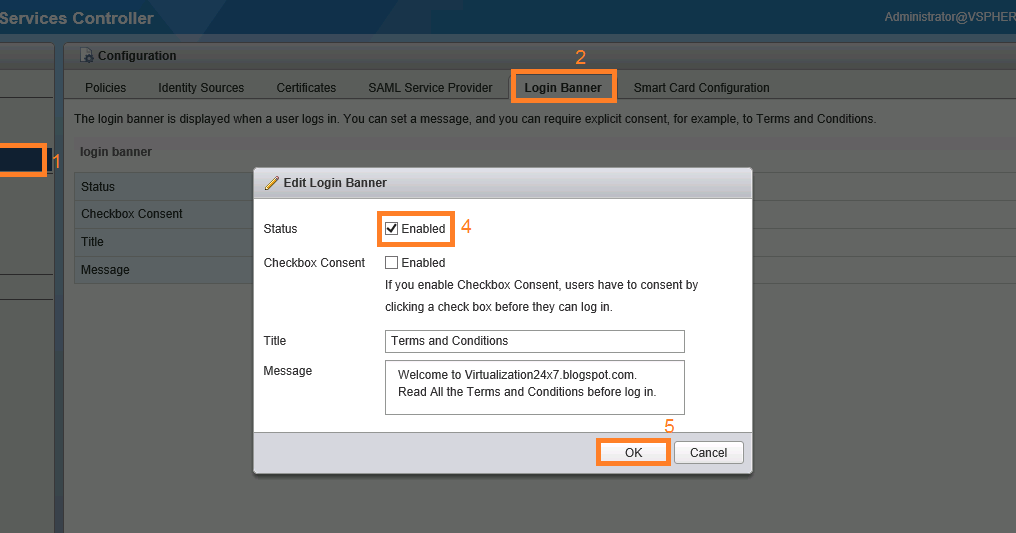

Vsphere client 6.5 links iso#
The Content Library in vSphere 6.5 is a container object used to store VM templates, vApp templates, ISO files, and other files you can share within your network.
Vsphere client 6.5 links windows 10#
In this example, I’m showing a Windows 10 virtual machine which I’m going to upload. To upload a virtual machine, you can simply right-click a VM which resided in your local VMware Workstation and choose “Manage -> Upload”


This is a very handy feature, especially if you need to try out several things in prior. With VMware Workstation, you can prepare virtual machines on premises and upload them after you finished your work. This is a feature which I use quite often. All this is possible through the VMware Workstation. In addition, you can enter the maintenance mode. For example, you can restart or shut down the host. If you select one of your hosts, either a standalone ESXi host or a host out of your cluster, you can do some actions on the host itself. In addition, you can assign roles to your users and groups. To clarify, you can add or remove users and groups. In other words, you can add, clone or remove roles and their privileges through VMware Workstation.īy right-clicking your ESXi host or your vCenter server, you can choose to manage permissions on the host. When you right-click your ESXi host or your vCenter server, you can choose to manage roles on the host. Some prefer the VMs and Templates view and some prefer the Hosts and Clusters view.

With this method, you can simply work in the style and view you like. You can also switch the view by right-clicking the vCenter server and selecting your preferred view. Switching between Views (Hosts and Cluster / VMs and Templates)įirst of all, you can switch the view from VMs and Templates to Hosts and Clusters by clicking, the little symbol on the right side of your vCenter server. So lets dive into what you can do with VMware vSphere when using a VMware Workstation. Once you have connected your managed servers, you are able to view their inventory via VMware Workstation. Here I’m using a DNS name to connect to my vCenter server. Furthermore, you can connect to a vCenter server by using the IP-address or a DNS name.


 0 kommentar(er)
0 kommentar(er)
